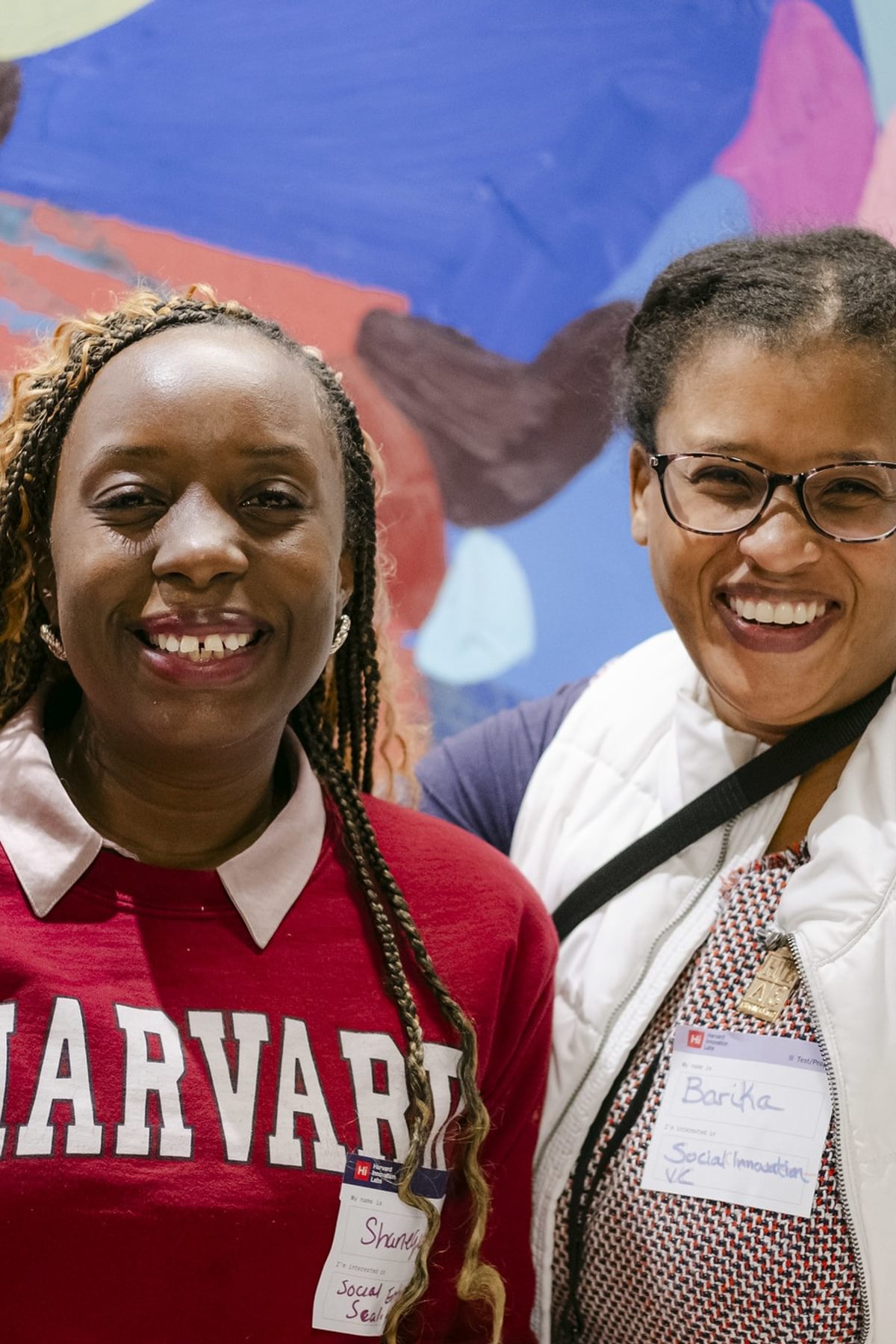Features
-
01
Fuel Up
Our kitchen is fully stocked with complimentary coffee, a Coke Freestyle machine, and salty snacks – plus a fridge to store your own fuel.
-
02
Meet Up
Our meeting rooms are equipped with Zoom connectivity for any type of innovation-related meeting.
-
03
Skill Up
After a quick training session with our experienced TAs, our AR/VR, Maker, and Media Studios can help turn your ideas into a reality.
-
04
Lock Up
Members may request a free locker or rolling cart to store your gear by scanning the QR code near the lockers in the i-lab.
When you need a quiet spot to chat with an advisor, meet
with cofounders, or pitch to investors on Zoom, the i-lab has 22 conference rooms for meetings of all sizes.

Can I use an i-lab conference room?
Student i-lab members, Launch Lab X alumni founders, Climate Circle founders, and Pagliuca Harvard Life Lab residents are welcome to reserve any of our meeting rooms on the spot or in advance via Roomzilla. Log in to access the booking link.
All degree-seeking Harvard students are welcome to use any of our meeting rooms for innovation-related purposes. Reserve on-the-spot on the iPad outside each room. Advance booking is limited to the groups above.
Each i-lab conference room has a white board and wall monitor, and three have in-room Zoom connectivity.
Whether you want to start a podcast or 3D-print a prototype, our studios (and the TAs who manage them) offer the tools you need to build your venture.


Available Studios
-
Training is currently unavailable as we are searching for a new Maker Studio TA.
From developing bicycle helmets to robotic arms to wearable health sensors for elite athletes, the Maker Studio’s high-caliber tools and equipment play a pivotal role in supporting our student entrepreneurs and startups.
Access to the Maker Studio offsets the added expenses that can come with outsourcing design, prototyping, and manufacturing, to outside labs and third parties, especially for the student-led teams who have not yet raised funds.
Features include: wet and dry zones; multiple 3-D printers and resources; collaborative team space; and areas devoted to assembly, manufacturing, rubber molding, and soldering.
-
An important part of your startup journey is telling your story. Take advantage of the Media Studio to create multimedia assets for marketing your venture. We have what you need to create podcasts and other audio content; demo and pitch videos; visual content for digital and print, such as logos and executive summaries; and more.Available Equipment
- Professional video equipment for production and editing: Sony NXCAM HXR-NX80 (shoots HD and 4K); Sony ECM-VG1 electret condenser shotgun microphone; Manfrotto tripods; 2019 iMac with Adobe Premiere; a pull-down chromakey (green screen) backdrop; a Harvard Innovation Labs-themed backdrop for recording video interviews and vodcasts; and dracast studio lights.
- Three-station audio recording: Pro-quality Shure KSM44 microphones with shock mounts and windscreens; professional studio headphones; Focusrite Scarlett 18i20 (2nd Gen) mixer and recording interface; Marantz sound shields; Macbook Pro with audio recording software (Audacity and Garageband)
- Portable audio recorders: ZoomH4nPro, Zoom H1n
- Photography/graphic design: Nikon 3000 DSLR camera; tripods; iMac with Adobe Creative Suite; large flat-screen TV




